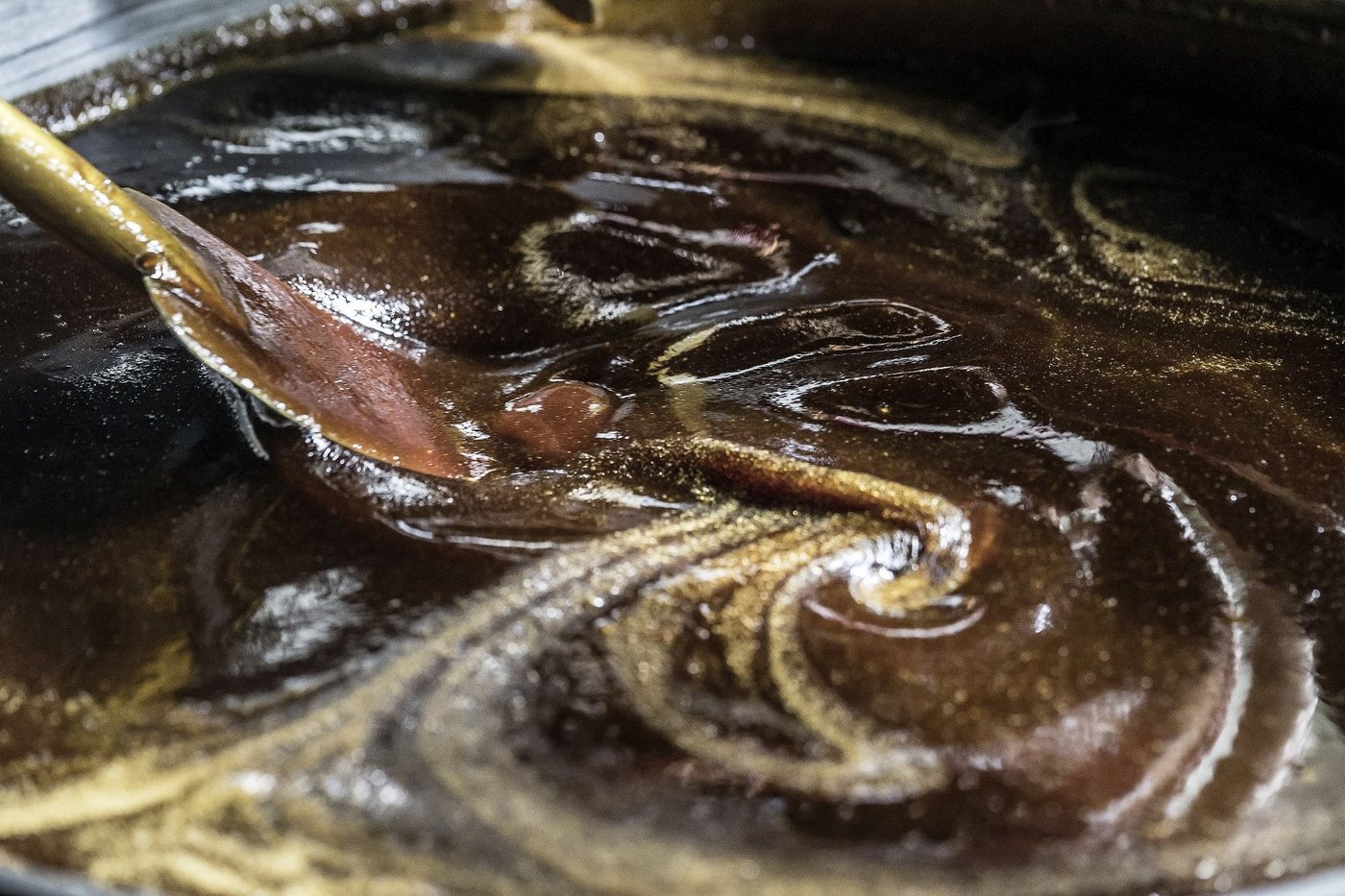Industrial technology for the sugar industry
How Vogelsang can support you processing sugar
Market requirements
- Pumping of highly viscous media
- Resistance to abrasive properties and high temperatures
Vogelsang solution
- Pump technology: Rotary lobe pumps of the VX series and IQ series
- Grinding technology: Solids reduction machine RedUnit
Our customers in the sugar industry are facing a challenge finding the right pump technology for processing sugar.
Highly viscous liquids containing abrasive solids such as sugar crystals in magma or massecuite are a major burden for rotary lobe pumps and other machinery involved in the pumping process. In addition to resistance to the abrasive properties of the medium, the technology must function correctly even at high temperatures. Sugar crystals should survive the process undamaged, so the pumping process needs to be gentle and even as well as tough.

Vogelsang industry pumps optimize processes for sugar production
Vogelsang pumps are able to meet these requirements. An extensive selection of materials, components and design options as well as the knowledge to apply them in the most cost-effective way allows us to find the best solution for the sugar industry.
Vogelsang rotary lobe pumps are designed to provide trouble-free, maintenance-friendly and economical pumping. As non contacting, rotating positive displacement pumps, Vogelsang pumps can reliably handle a wide range of liquids, especially highly viscous and abrasive media. They are ideally suited to various processes in beet sugar production, cane sugar production and in the sugar refining industry.
Further advantages of Vogelsang rotary lobe pumps for the sugar industry:
- Pulsation-free HiFlo lobes provide gentle pumping that minimizes the unwanted damage of sugar crystals
- The housing geometry designed with InjectionSystem optimizes the flow of foreign matter through the pump, increasing the service life by as much as 150%
- The compact design allows an installation even in narrow spaces
- The robust and low-maintenance design of the rotary lobe pump helps to minimize downtimes
Media processed in the sugar industry



